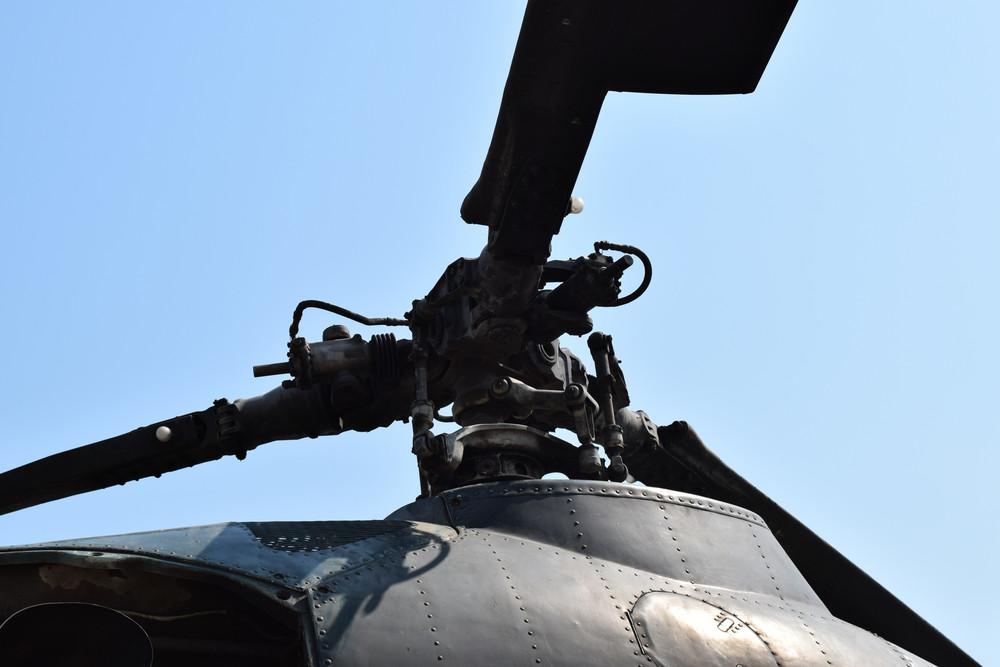You are familiar with the ear-splitting noise of helicopters. While the rattling noise can be quite uncomfortable, it doesn’t last long, especially if the helicopter is flying away. Helicopters are quite fast and will be out of the vicinity in no time. Although the speed of helicopters depends on several factors, they have an average speed of 140 knots. That is equivalent to around 160 mph or 260km/h. Find out below why helicopters make rattling noises.
Tail Rotor Noise
Tail rotors generate a rattling noise the same way the main rotors do. The tail rotors generate the BVI (Blade Vortex Interaction) type of noise. Airflow in the blades creates a concentrated vortex that collides with oncoming tail rotor blades, generating loud, irritable sounds.
For instance, let us take the Boeing-Sikorsky as an example. This helicopter emits more rotor noise as compared to other types. It has military helicopter parts comprising a five-bladed rotor. While helicopters are extremely noisy aircraft, those made of military helicopter parts are noisier. Tail rotors have shorter blades and higher rotational speeds, which explains why they emit more noise. In addition, they experience disruption from the main rotors as they descend backward and downwards from the main rotors. The main rotor vortices cross paths with those of the tail rotor, causing secondary BVI. This also causes more noise.
Noises Caused by the Blade Vortices
Each rotor blade produces an aerodynamic condition which is known as the BVI. Whenever the BVI happens, the edge exposes the rotor blade to vortices that reciprocate by emitting a snap sound. Since vortices are created below the rotor blade, many are in each blade’s path. The more the vortices get hit, the louder the sound they produce. Aircraft with fewer rotor blades emit the most noise because they have military helicopter parts.
To minimize the noise, helicopters with fewer rotor blades require longer blades. Longer blades create more vortices, resulting in more vortices crashing with one another, minimizing the rattling noise. Additionally, the helicopter’s blade tips also generate vortices. These vortices can easily be experienced during flights in the humid air. What follows is that the blade tips interact with the tail rotor to produce a distorting noise. Helicopters’ rattling noise emanates from rotor blades, vortices, and engines. However, the amount of noise varies from one helicopter to another. For instance, the Sikorsky S-65 is known as the world’s noisiest helicopter.
Remember, defective rotor blades cause a peculiar sound and can cause severe accidents. Ensure you get a faulty helicopter replacement from a professional.

